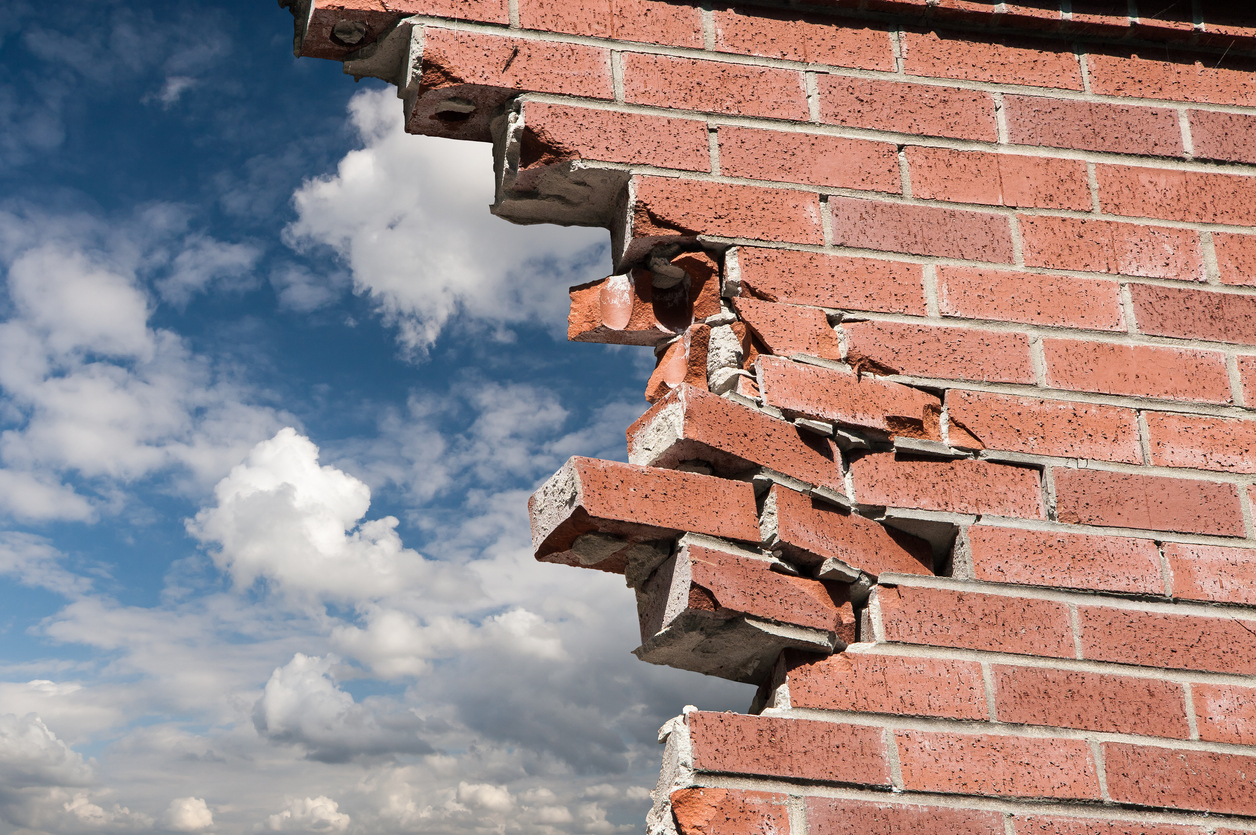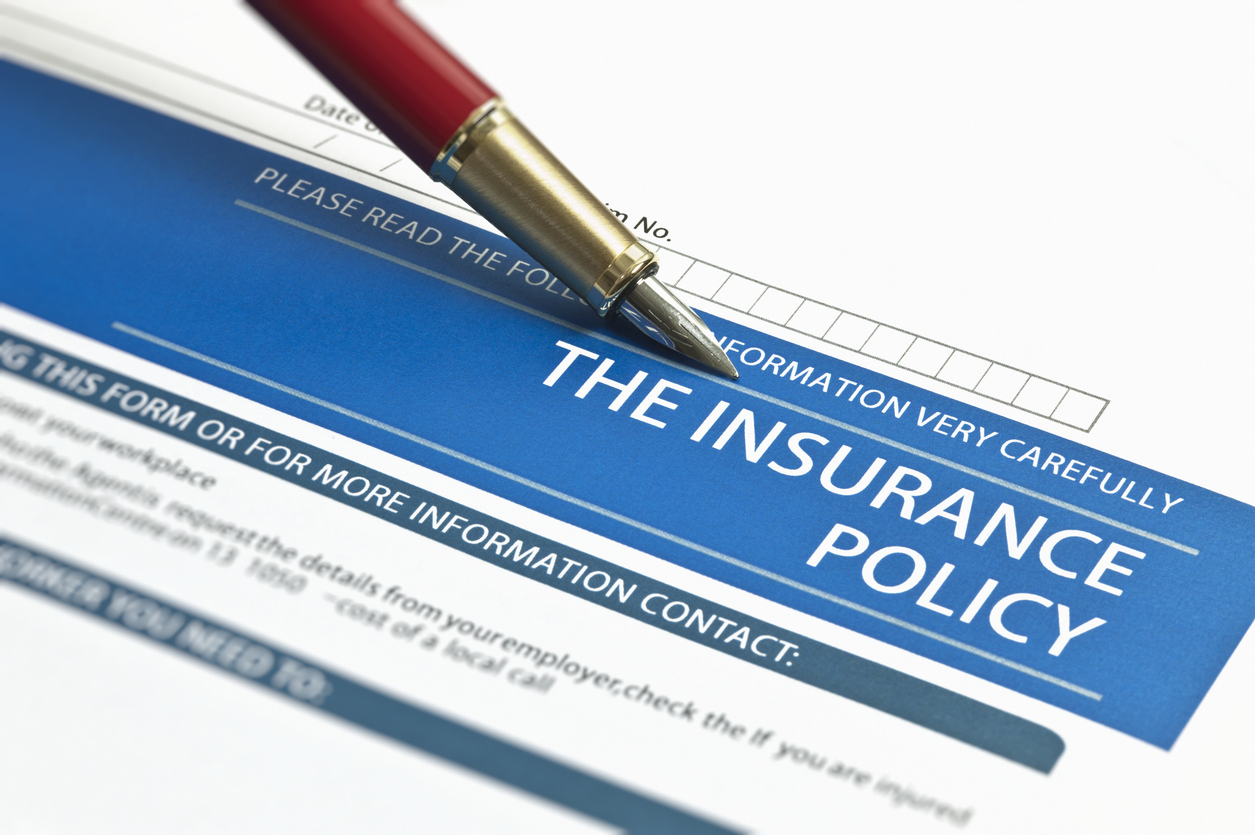Hurricane Irene has caused a considerable amount of structural and infrastructure damage as it pummeled the Caribbean and the Eastern seaboard of the United States. Sadly, Hurricane Irene also took some lives along its way and has left millions of people under water and without power.
As recovery efforts take place, claims professionals should not only look for structural or physical loss at a property but should also consider important commercial coverages, such as service interruption and ingress/egress that are often triggered without requiring “direct physical loss or damage” at the insured property.
For example, in A Power Outage Saga Comes To An End – Understanding Business Interruption Claims – Part 61, I wrote about a case that interpreted a Service Interruption provision in favor of the insured after a power grid failure caused multimillion dollar loses in food spoilage at a supermarket chain.
The Extension provided that:
A. We will pay for consequential loss or damage resulting from interruption of:
(1) Power;
. . . .
B. We will pay only if the interruption results:
(1) From physical damage by a peril insured against;
(2) Away from a covered location; and,
(3) To the following types of property, if marked with an "X":
(X) Any powerhouse, generating plant, substation, power switching station, gas compressor station, transformer, telephone exchange;
. . . .
(X) Transmission lines, connections or supply pipes which furnish electricity . . . to a covered location.
The term "physical damage", however, was not defined in the Extension or in the underlying policy. The carrier insisted that the power grid did not sustain physical damage from a covered peril, but rather that the outage was caused because the grid internally failed. The court ruled in favor of the policyholder as follows:
We conclude that the undefined term "physical damage" was ambiguous and that the trial court construed the term too narrowly, in a manner favoring the insurer and inconsistent with the reasonable expectations of the insured. In the context of this case, the electrical grid was "physically damaged" because, due to a physical incident or series of incidents, the grid and its component generators and transmission lines were physically incapable of performing their essential function of providing electricity. There is also undisputed evidence that the grid is an interconnected system and that, at least in some areas, the power could not be turned back on until assorted individual pieces of damaged equipment were replaced. However, we do not rest our decision on that evidence. Rather, we look at the larger picture concerning the loss of function of the system as a whole.
It is important to note that Service Interruption provisions may have a time element requirement (i.e., only triggered after a certain number of days or hours have passed). I urge all agents, adjusters and risk managers to carefully read all applicable provisions before making a claim or a coverage determination. As the damages are assessed, I will highlight important coverage considerations that may assist claims professionals in recovery efforts.



